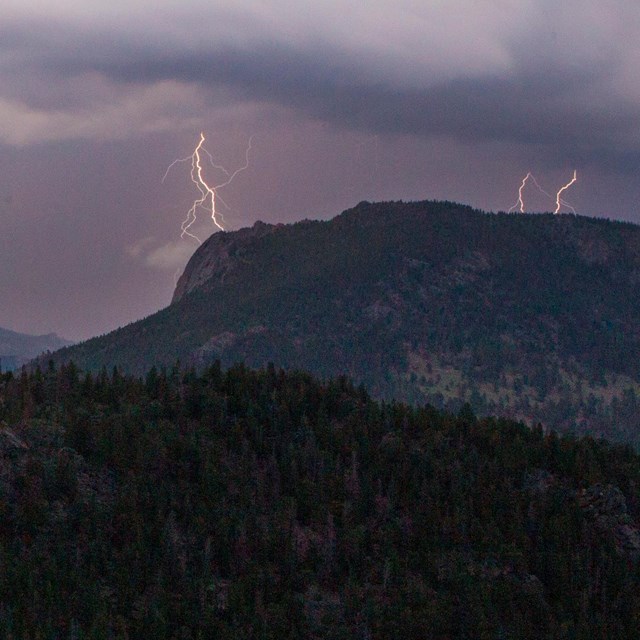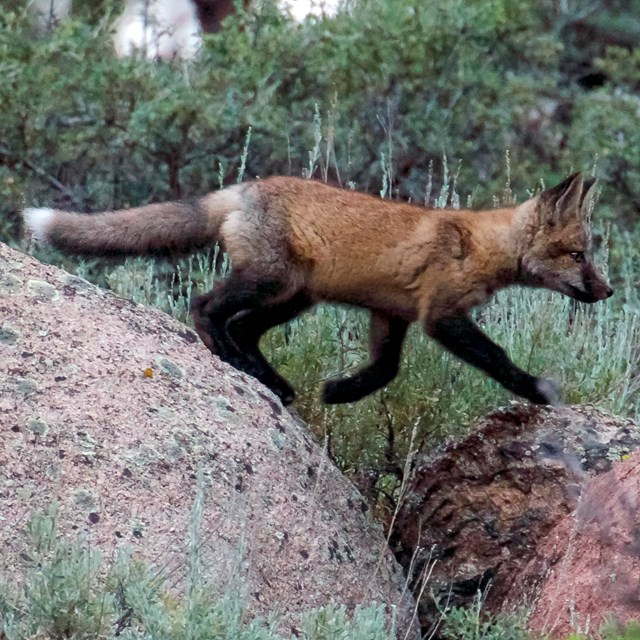Have a Fun and Safe Adventure!A visit to Rocky Mountain National Park can rejuvenate the body and spirit. It can fuel ones sense of adventure and accomplishment. Before starting any trip in Rocky Mountain National Park, take time to explore this webpage and learn tips for planning a safe and fun adventure. Remember to Recreate ResponsiblyYour actions can impact park resources and wildlife. Be prepared before you head out on the trail. Know and understand your limits. Weather and conditions can change quickly in the Rockies. Be prepared to turn back when conditions change or if you are being pushed to your limits. 
Trip Planning - Get Ready for Adventure
Before your next adventure, make a trip plan, pack the Ten Essentials, and have an emergency plan in place 
NPS Safety Tips when Recreating in Burn AreasBe aware of additional hazards when recreating in burn areas including:
Park staff will continue to assess areas on both sides of the park for fire impacts, safety and downed trees, erosion and rock fall. Your Safety is in Your Hands: Explore Additional Safety Tips Below:

National Weather Service Graphic Dress for Cold WeatherEven in the middle of summer, temperatures can drop in high elevation areas of Rocky Mountain National Park. Protect yourself from exposure to the cold.

National Weather Service Be Prepared for Potential Wind Chill"Wind Chill" is a term used to describe what the air temperature feels like to the human skin due to the combination of cold temperatures and winds blowing on exposed skin. 
NPS Be Weather WiseWeather and conditions can change rapidly when recreating at high elevations in the mountians. From October through late May, be prepared for snow and winter conditions, especially in high elevation areas. Snow and Ice FieldsStay back from steep snow slopes and cornices. Snow avalanche danger is often high. Ask a ranger about current avalanche potential. Know how to recognize dangerous snow conditions. |
Last updated: July 16, 2024






